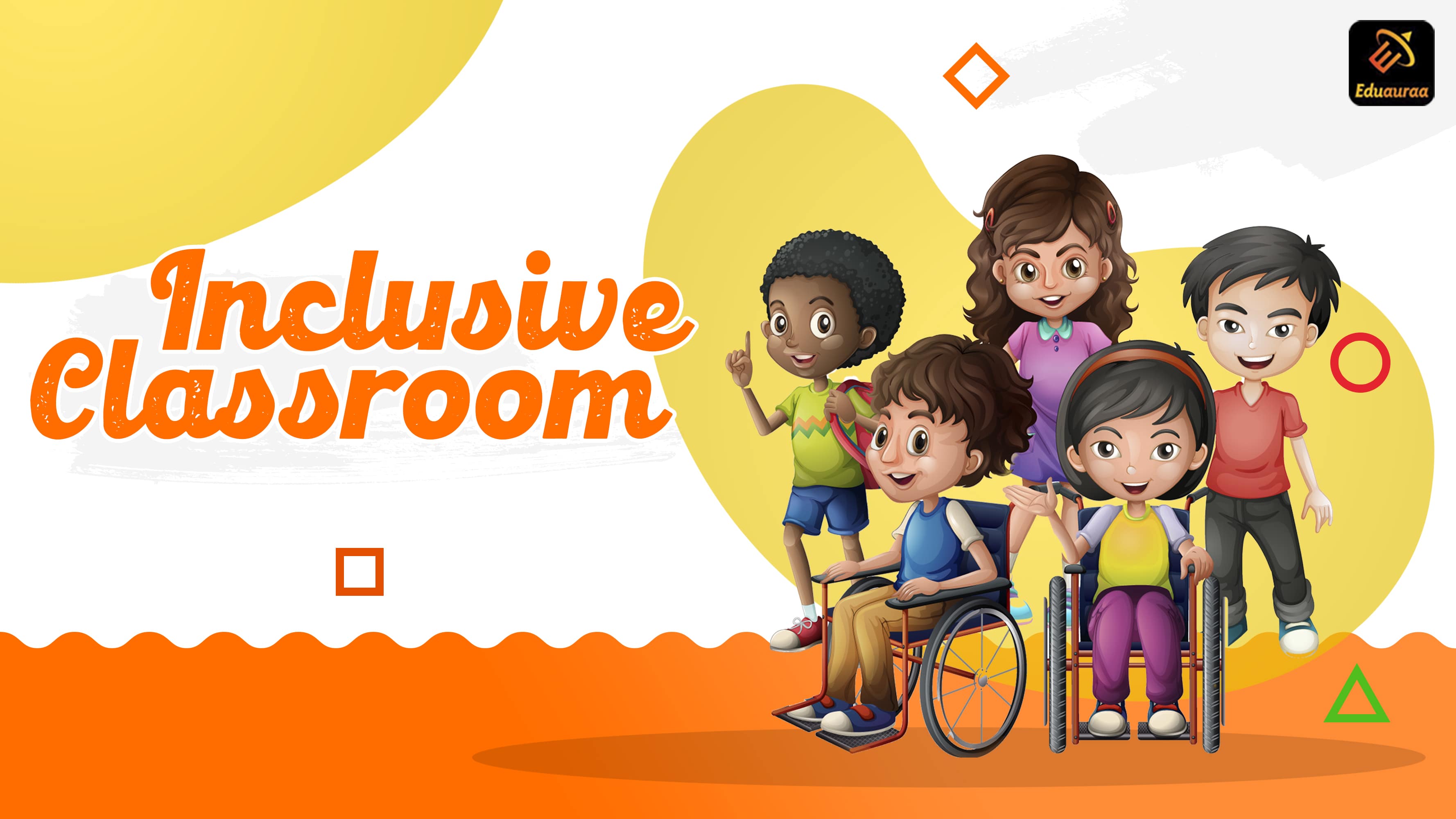Importance of an Inclusive Classroom

An inclusive classroom is a general standard classroom where the students learn together, irrespective of learning differences.
Inclusive classrooms help and guide the students of different academic, social, communicational, and emotional backgrounds in the right way.
Importance of ‘Inclusive Classroom'
An inclusive classroom boosts the students' energy and enthusiasm to work as a team.
The students learn to respect differences and diversity.
Young children learn to think openly and analytically. Inclusive classrooms enrich the students with different perspectives to become successful learners with the course.
This type of learning pattern supports every kid to learn in their own ways.
Inclusive classrooms erase the stigma for the students with their concentration issues. Kids feel willing to make friends with their classmates.
Understanding Inclusion
Inclusion is not a place; instead, it is a belief that binds all the students in a classroom regardless of their background.
The concept of Inclusion eliminates special and general categories in a classroom.
The philosophy focuses on a blend of various educational systems responsible for the requirements of the students.
Is it really Inclusion?
According to Nicole Eredics, an Inclusion Expert, you need to understand the subtle differences that distinguish Inclusion from other similar concepts.
Now the question is, what is Inclusion? And what is not?
a. A student spends most of the day in the general education classroom in Inclusion, but when a student spends most of the day in a special classroom and attends two to three periods in the general classroom is not Inclusion.
b. In Inclusion, a child's desk is placed along with the desks of other groups.
It is not Inclusion when the child's desk is separately placed from the other desks.
c. When the child gets access to do the classroom lesson and exercises to meet his/her special needs is Inclusion, but it is not Inclusion when the child works on his/her own exercise.
d. In Inclusion, the child attends outside activities like excursions, trips, enrichment classes, and recess.
Where the child is only offered some alternatives activities with the special education students is not an inclusion.
e. In an inclusive classroom, a child is independent and respected. On the other hand, in other cases, the child feels dependent and helpless.
f. In Inclusion, the paraprofessional pushes the child to finish their task independently, and they are provided with support only when they need it.
In other cases, the paraprofessional hovers all the time and does not provide the child scopes to complete the task alone.
g. In Inclusion, a child gets specialists' support without any negligence to the regular classes.
In other cases, the child must receive specialists' support while missing the current class.
h. The teachers identify your child's weakness in Inclusion, whereas in other cases, the teacher refers to specialists to detect the issue.
i. This article has discussed how an inclusive classroom works, the benefits of this concept, and the factors to differentiate inclusive classrooms from non-inclusive ones.








